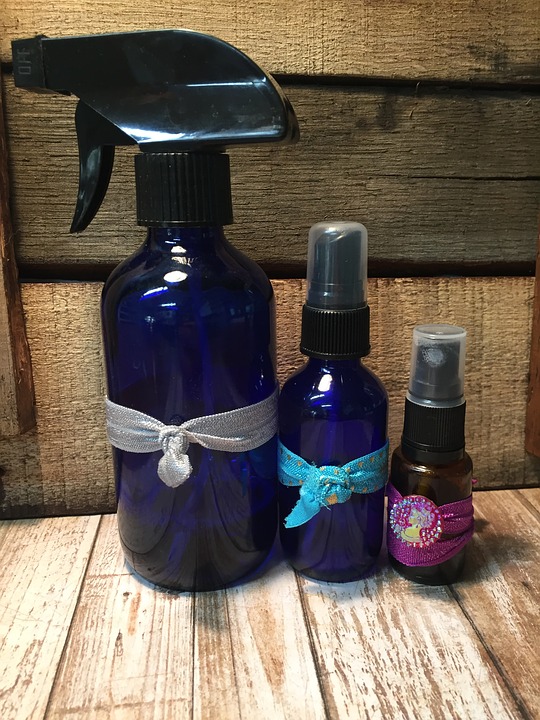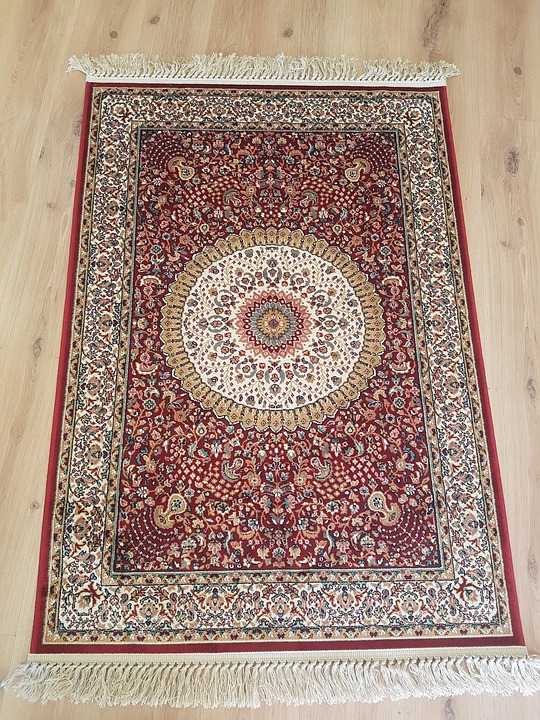Effective Head Lice Control

Head lice is the most common communicable disease among children, after the common cold and the condition can be embarrassing and upsetting for children and parents. Perhaps not surprisingly, head lice are most common among children from preschool through middle school. Effective head lice control for children is possible, although it’s impossible to entirely eliminate the risk of getting head lice. A child with clean hair is just as likely to get lice as a child with long or dirty hair, and the cleanliness of the home or school isn’t a factor. For parents, one of the simplest yet most effective steps is to check their children’s hair for signs of lice, at least once a week, and to recognize the signs. Itching is the most noticeable sign, although any itching typically doesn’t occur until several weeks after the infestation. Although the tiny creatures can be difficult to spot, especially in long or dark hair, they can sometimes be seen on pillows, sheets and cushions and in the sink. Dragging a fine comb through the hair is also a good test for lice. At school or church, hanging your children’s coat, hat or scarf away from those of other children can also help to minimize the chances of an infestation. Keeping your home clean, especially the bedding, towels and any stuffed toys, can also help in head lice control. As lice like to jump from one head of hair to another, if practical, your kids should avoid or limit any head to head contact with other children, at school or outside school. And if you suspect or know that someone in your house has lice, don’t share brushes or combs, or scarves, hats, sporting uniforms or other clothing. As well as treating the hair, you should vacuum any areas, including furniture, that an infected person has had contact with, as well as wash any combs or brushes in hot water for at least several minutes. If you have a cat or dog, you may be relieved to hear, they can’t be affected by head lice. And of course, you should keep your child away from school, daycare or other activities until the infestation has been dealt with. There are plenty of over the counter medications available for effectively treating lice, although it’s important to use the product as thoroughly as possible, and repeat the procedure as directed, usually within a week. Some common household products, such as petroleum jelly and olive oil are also surprisingly effective when rubbed into the hair and then washed out. And any treatment will be more effective if you also carry out some of the preventative measures described above. Combing your children’s hair carefully with a specially designed nit comb over a bowl of water can be a tedious and unpleasant chore, but is also an effective way to get rid of lice. Of course, if your child has head lice, you should also carefully check the hair of everyone else in your household and alert their friends’ parents.
The Rich History Of The Persian Wool Rug

The Persian wool rug is not only the rug of choice for Middle Eastern families. Nowadays, many Asian and American homes welcome their guests with the Persian wool rug as the centerpiece of the living room. And a common thread that runs among these families is that they are quite unwilling to leave their carpet outside the door. For the fact is a good quality Persian rug can fetch a good price on the black market. The handwoven variety is sought after by collectors, curators, and lavish homes. So popular, in fact, are these ornaments that imitation has become a growing phenomenon. Indeed, imitation is the best form of flattery. Synthetic rugs of the Persian kind abound and at first glance, they all seem like authentic pieces that can fool even an Aladdin. Magic carpet tales have been woven from the rug that has become a potent symbol of ancient Persian culture. Since finding the authentic version can be tricky, it would be wise to consult the experts when it’s time to procure one especially for a big establishment like a museum or a similar edifice. These days, you will no longer find a Persian accent carpet below the $2,000-mark at the 9×12 size. An antique version can fetch from $5,000 upwards. They’re definitely not flying carpets, but in actuality, authentic Persian rugs can fetch as much as $30,000 a piece depending on the material and the intricacy of design. At this price range, it’s probably a good idea to customize your order to get the symbol or pattern that you like. Mosques around the world are often adorned with rugs that display various Islamic symbols. Such a design helps imbue the respective house of worship with a tranquility of spirit, an eternal quality, and subdued elegance. Another word for the Persian rug is Iranian rug since the term Persian is an old name for the civilization and culture of Iran. However, the name has so far withstood the test of time that it has become rather convenient to forget what present country the term stands for. Nevertheless, the Iranian or Persian carpet has been around for at least 2,500 years. Some historians trace the history of Iranian carpet making to as far back as 500 BC. Meanwhile, ancient Chinese writings go as far back as 224 – 641 CE. These rather detailed reports describe how the Emperor Heraclius brought home the intricately designed carpets from his conquests. The bottom line is that taking home an authentic Iranian rug is like bringing home a piece of history. No wonder it’s the kind of rug that you’ll want to keep as clean as possible.
